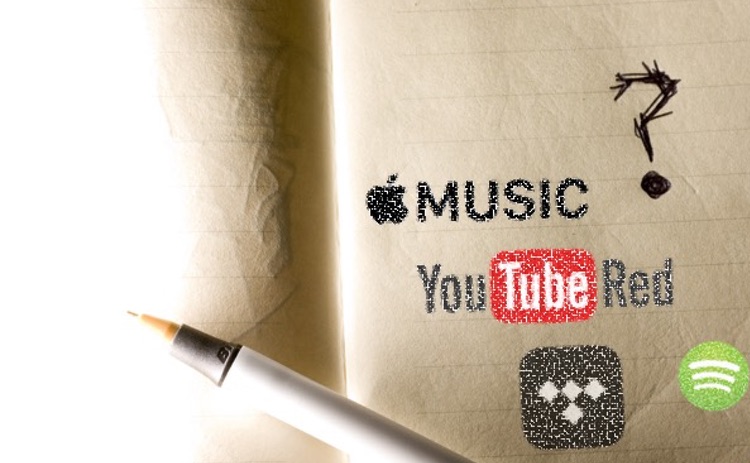Good news for artists. Music fans are streaming more music through on-demand audio streaming services than video streaming platforms, according to the latest data.
According to BuzzAngle, Americans are consuming more music through on-demand audio streaming services than through music video platforms. That represents a huge shift, and a big development in a growing industry war against YouTube.
Here’s what the latest stats show. In the first six months of 2016, Americans played more than 114 billion audio streams on streaming platforms like, Spotify, Apple Music and Tidal. That same group played 95 billion video streams on music video platforms like YouTube.
What this information suggests is that people are starting to focus more on listening to music rather than just watching music videos. And, perhaps more importantly, that YouTube’s vide0-heavy, messy UI isn’t a winner, after all.

Overall, streaming continues to explode. Total on-demand streaming in the US grew by 58% in the first six months of 2016 when compared to the first six months of 2015. But this increase was fueled by a rise in on-demand audio streaming, which grew by a massive 107%. Video streaming grew at a lower rate of 23%.
YouTube and SoundCloud have ballooned on free content. But there’s another nugget in this data: the majority of on-demand music streaming comes from paid subscription services like Spotify (30 million paying subscribers) and Apple Music (15 million paying subscribers) which charge users $9.99 per month. On these services, artists earn more revenue, as the per-stream royalty rate is higher than ad-supported free streaming services.
YouTube is the undisputed king of music videos, although YouTube now has a paid streaming service (YouTube Red). That theoretically solves some monetization problems, though the actual number of people signed up to the paid service is unknown. At present, the number of people paying for Red is thought to be a very small fraction of the one billion people who use the ad-supported free service.
Meanwhile, artist royalties from YouTube remain abysmal, with endless royalties statements reaffirming the issue. In that light, the fact that people are now consuming more music through on-demand audio streaming, as opposed to video streaming, is good news for artists.



It’s not a video problem — it’s a YouTube problem:
1) YouTube is old, slow and clunky.
2) High-quality songs often drown in the vast amount of terrible user-generated copies.
3) You can’t find the songs you need, and this is just getting worse because YouTube only pays a fraction of what you get elsewhere.
“Americans are consuming more music through on-demand audio streaming services than through music video platforms”
Got any worldwide data?
TOTALLY IRRELEVANT QUOTATION.
Both of those brilliant anti-business models deliver less than 3% of music to human ears. Just Pandora and XM do multiple ear/hours.
The biggest problem we have is the $20B global limit of ad and sub income!
Second, even more important problem is prevention of more logical music monetization methods that would be able to create $200B music business by 2025!
Here’s what Google doesn’t understand:
When YouTube publicly states that music only accounts for a small part of its total traffic, people listen — they don’t know it’s just part YouTube’s war on artists.
So music fans go: “Oh, YouTube isn’t really a music site, let’s find another service.”